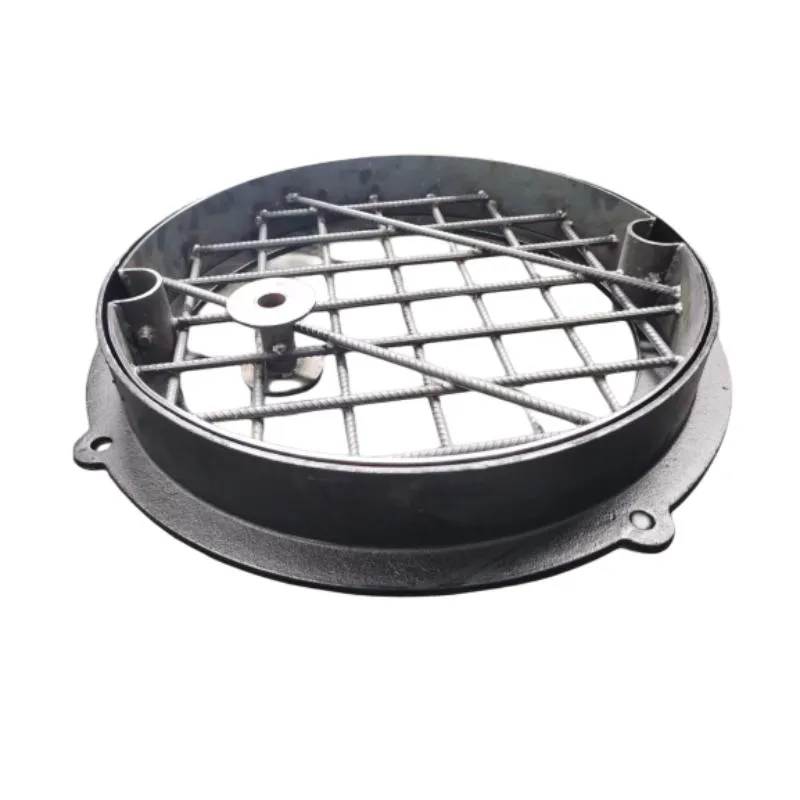Designing Modern Flat Bollards for Urban Spaces Enhancing Safety and Aesthetics
The Rise of Flat Bollards A New Era in Urban Design
In recent years, urban design has embraced the concept of multifunctionality, where structures serve both aesthetic and practical purposes. One of the standout innovations in this field is the flat bollard, a modern solution that blends seamlessly into city landscapes while providing essential safety and traffic control.
Flat bollards are low-profile, durable posts used to delineate spaces and provide protection for pedestrians and cyclists. Unlike traditional bollards, which are often bulky and visually intrusive, flat bollards offer a sleek design that complements various urban aesthetics. Their minimalist appearance not only enhances the overall look of public spaces but also allows them to integrate harmoniously with surrounding infrastructure, paving, and landscaping.
One of the primary functions of flat bollards is to improve pedestrian safety. In busy urban environments, the risk of accidents between vehicles and pedestrians can be significant. Flat bollards act as effective barriers, guiding foot traffic, preventing unauthorized vehicle access, and reducing the risk of collisions. Their low height makes them less imposing than traditional bollards, allowing for a more open and welcoming environment while still maintaining safety.
Moreover, these bollards contribute to traffic management. By marking pedestrian-only zones, cycle lanes, or outdoor dining areas, they help organize the flow of movement in crowded areas. Flat bollards can also be used to prevent vehicles from encroaching into spaces meant for pedestrians, thereby reinforcing the idea of safe urban mobility—a concept that cities around the globe are increasingly prioritizing.
Sustainability is another hallmark of flat bollard design. Many manufacturers are now using recycled materials or sustainable production methods to create these structures, aligning with the growing emphasis on environmental consciousness in urban planning. Additionally, flat bollards often require less material than traditional designs, which can lead to reduced energy consumption during production and transportation, thereby lowering the overall carbon footprint associated with urban infrastructure.
flat bollard

Flat bollards also offer versatile customization options. Urban planners can choose from various colors, materials, and finishes to match the unique character of their city or neighborhood. This adaptability helps cities express their identity and culture, fostering a sense of place and community. Furthermore, flat bollards can be designed to reflect local artistry or historical elements, creating not just functional barriers but also beautiful urban artworks.
Another significant trend is the incorporation of technology into flat bollard design. Smart bollards fitted with sensors and lights can serve as information points, alerting pedestrians of vehicle approaches or providing real-time data on traffic patterns. This innovative approach enhances urban safety and efficiency, paving the way for smarter city developments.
As urban populations continue to grow and the demand for public spaces increases, the importance of effective design solutions like flat bollards cannot be overstated. They represent a shift towards a more pedestrian-friendly approach to urban management, where the needs of residents and visitors are at the forefront.
The success of flat bollards highlights the broader trend in urban design toward more thoughtful and integrated solutions that prioritize safety, aesthetics, and sustainability. As cities evolve, the role of flat bollards will undoubtedly expand, becoming an essential component of urban landscapes worldwide.
In conclusion, flat bollards exemplify the intersection of form and function in urban design. As cities continue to reimagine their public spaces and prioritize pedestrian safety, these modern bollards will play a crucial role in shaping environments that are not only safe and functional but also visually appealing and culturally resonant. Embracing such innovations is key to creating urban spaces that enhance the quality of life for all inhabitants, ultimately leading to a more sustainable and livable future.
-
The Smarter Choice for Pedestrian AreasNewsJun.30,2025
-
The Gold Standard in Round Drain CoversNewsJun.30,2025
-
The Gold Standard in Manhole Cover SystemsNewsJun.30,2025
-
Superior Drainage Solutions with Premium Gully GratesNewsJun.30,2025
-
Superior Drainage Solutions for Global InfrastructureNewsJun.30,2025
-
Square Manhole Solutions for Modern InfrastructureNewsJun.30,2025
-
Premium Manhole Covers for Modern InfrastructureNewsJun.30,2025
